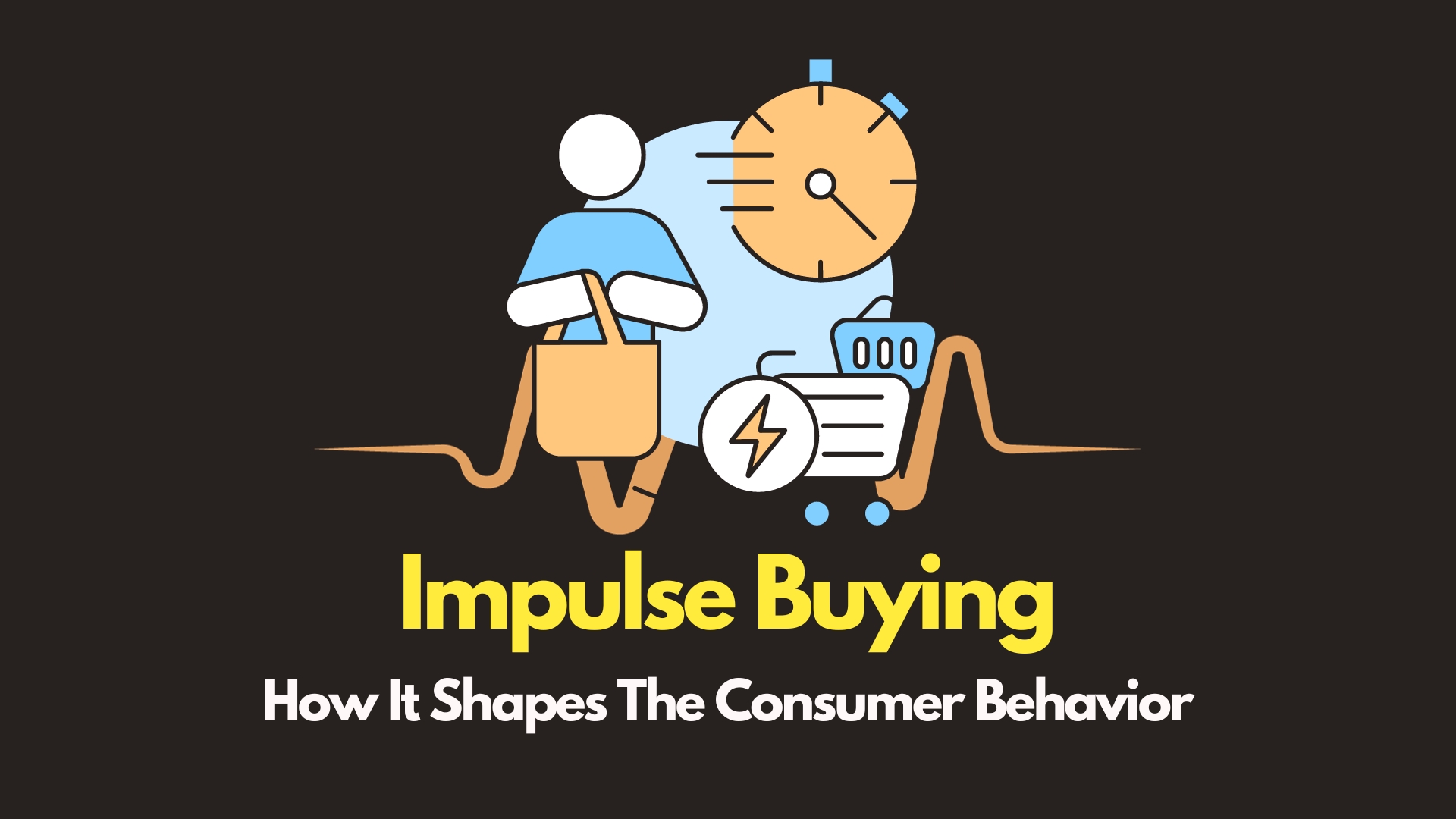Published
- 4 min read
Impulse Buying: Causes and Marketing Strategies

Key Takeaways:
- Impulse purchases are driven by a combination of psychological triggers and marketing strategies.
- Positive emotions, social media influence, and a sense of uniqueness can increase the likelihood of impulse buying.
- Marketers can leverage these insights to craft strategies that encourage consumers to make impulse purchases.
- Understanding consumer behavior and the factors influencing impulse purchases is key to targeting marketing efforts effectively.
Impulse purchases are a fascinating aspect of consumer behavior, representing decisions made on the spur of the moment, without pre-planning or extensive deliberation. These purchases are often driven by underlying psychological factors, which marketers can tap into to increase sales. Let’s delve into the psychological basis of impulse purchases and explore strategies to market for them effectively.
The Psychology Behind Impulse Buying
Impulse buying can be attributed to a mix of internal and external stimuli. Internally, individuals may experience a sudden and intense desire to purchase, which can be triggered by emotions such as excitement, stress relief, or the pursuit of pleasure. Externally, environmental factors like store layout, product placement, and promotional messages can significantly impact the likelihood of an impulse purchase.
Emotional Triggers: Positive emotions play a pivotal role in impulse purchases. When consumers experience a sense of happiness or excitement, they are more likely to engage in spontaneous buying. The role of emotions in purchasing decisions is well-documented, with marketers often creating campaigns that evoke strong emotional responses to drive sales.
Social Media Influence: The rise of social media has introduced new avenues for impulse buying. Platforms like Instagram and Facebook not only serve as sources of inspiration but also as marketplaces where consumers can purchase items instantly. The impact of social media on teen shopping trends is particularly noteworthy, as younger generations are highly influenced by online communities and influencers.
The Allure of Uniqueness: Consumers are often drawn to products that confer a sense of uniqueness or exclusivity. The desire to stand out or own something special can trigger impulsive behavior, encouraging shoppers to make immediate purchases to acquire unique items.
Marketing Strategies for Impulse Purchases
Creating a Sense of Urgency: Limited-time offers and flash sales create a fear of missing out (FOMO), prompting consumers to act quickly. This strategy is effective in encouraging impulse buys, as it taps into the psychological trigger of scarcity.
Strategic Product Placement: How and where products are displayed can influence impulse buying. Placing items near the checkout or in high-traffic areas increases visibility and the likelihood of unplanned purchases. Understanding the psychology of discounts can also inform where to position sale items for maximum impact.
Leveraging Social Proof: Testimonials, reviews, and user-generated content serve as social proof, reassuring potential buyers of a product’s value. Highlighting popular items or those with high ratings can spur consumers to make impulse purchases, capitalizing on the trust they place in the opinions of others.
Harnessing Technology: E-commerce platforms and mobile apps have made it easier than ever for consumers to make impulse purchases. By streamlining the buying process and offering personalized recommendations, businesses can capitalize on the impulsive tendencies of their customers. The emerging technologies in e-commerce impact how consumers interact with online stores and make spontaneous buying decisions.
Conclusion
Impulse purchases are a complex interplay of emotional, psychological, and environmental factors. By understanding these elements, marketers can create strategies that not only encourage impulse buying but also enhance the overall shopping experience. Whether through emotional marketing, strategic product placement, or the use of technology, the goal is to tap into the spontaneous nature of consumers and convert it into sales.
For businesses looking to harness the power of impulse buying, it’s crucial to maintain a balance between encouraging spontaneous purchases and fostering long-term customer loyalty. By integrating insights from consumer behavior with ethical marketing practices, companies can drive sales while building a trustworthy brand image.